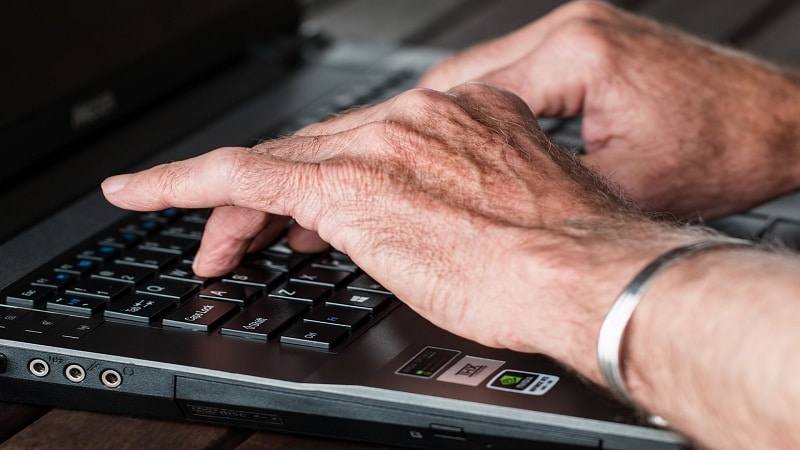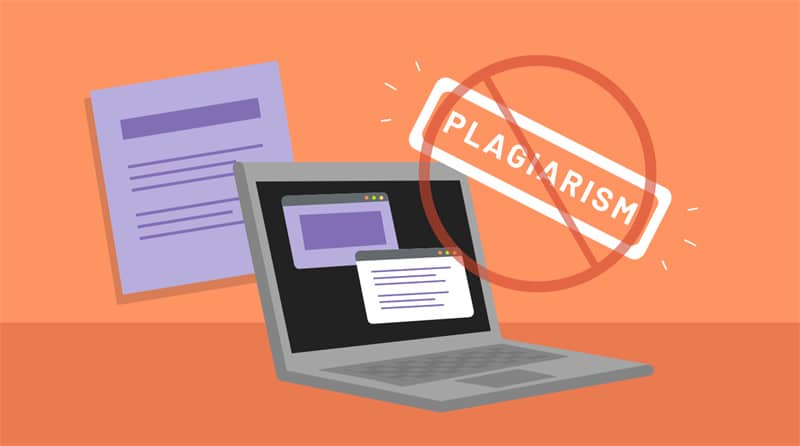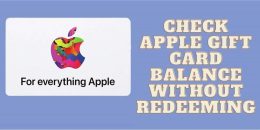
Looking on how to keep your content unique? Discover 8 essential strategies to safeguard your content's originality and integrity. From effective paraphrasing to using plagiarism detection tools, we guide you in preventing accidental plagiarism and maintaining credibility in your academic and professional writing.
In the digital landscape where ideas flow freely and creativity knows no bounds, ensuring the uniqueness of your content is paramount. Whether you're a seasoned writer, a budding blogger, or a student crafting an academic masterpiece, the fear of accidental plagiarism lurks around every corner. We've all been there, excitedly pouring our thoughts onto the screen only to realize later that our words echo someone else's.
But fear not, for this blog post is your guiding light through the labyrinth of unintentional plagiarism. Let's embark on a journey to uncover the secrets of keeping your content truly original, your ideas authentically yours, and your voice undeniably unique. Here are some ways to avoid accidental plagiarism.
Understand Plagiarism

Plagiarism is the act of using someone else's words, ideas, or work without proper attribution or permission, presenting them as your own. It is considered an ethical violation and academic offense in most contexts, including educational institutions and professional writing.
To avoid accidental plagiarism, it's crucial to recognize its various forms, including direct copying, paraphrasing without citation, and even self-plagiarism (reusing your own work without acknowledgment).
Understanding plagiarism involves a commitment to honesty, intellectual integrity, and respecting the intellectual property rights of others. It's the first step in ensuring the originality and credibility of your work while maintaining academic and professional standards.
Cite Your Sources
Properly citing your sources is an essential practice in academic and professional writing. It involves acknowledging the origin of ideas, information, and quotations used in your work, giving credit to the creators and researchers who contributed to your content. Citation not only ensures intellectual honesty but also allows readers to verify and explore your sources, promoting transparency and trust.
Different citation styles, such as APA, MLA, and Chicago, have specific guidelines for citing various types of sources. Whether it's a book, website, research paper, or any other reference, meticulous citation demonstrates your commitment to upholding academic and ethical standards, ultimately strengthening the validity and credibility of your content.
Use Plagiarism Detection Tools
In the digital age, the availability of content and information is vast, making it easier for unintentional plagiarism to occur. Plagiarism detection tools are invaluable in helping writers, students, and professionals maintain the originality and integrity of their work. You can find a reliable plagiarism checker that employ advanced algorithms to scan your content against an extensive database of published materials and online sources.
By using such tools, you can identify and rectify unintentional similarities, ensuring that your work is free from unoriginal content. They not only serve as a preventive measure but also provide peace of mind, assuring you that your work is truly unique and respects the intellectual property of others.
Paraphrase Effectively
Effective paraphrasing is a skill that every writer should master to prevent accidental plagiarism and ensure the originality of their content. It involves rephrasing someone else's ideas, thoughts, or text in your own words while retaining the core meaning. When done correctly, paraphrasing allows you to incorporate external information into your work while giving proper credit to the original source through citation.
The key is to not merely swap words but to understand and reinterpret the material in a way that reflects your unique perspective. It's a critical practice in academic and professional writing, enhancing the authenticity of your work while demonstrating your comprehension and ability to communicate complex ideas.
Attribute Images and Media
In today's multimedia-rich world, written content often includes images, videos, and other media elements to enhance engagement and comprehension. It's vital to remember that these creative assets have creators and rights attached to them. Properly attributing images and media not only ensures ethical and legal compliance but also acknowledges the creative efforts of the artists and content producers.
Whether using stock photos, illustrations, or multimedia content, clearly providing credit to the original source is a fundamental practice. This attribution not only respects intellectual property but also enhances the credibility and transparency of your work, fostering trust with your audience while upholding ethical standards.
Keep a Research Journal
Maintaining a research journal is a valuable habit for researchers, scholars, and writers. This organized record serves as a repository of your thoughts, insights, and sources throughout the research process. A research journal enables you to track and document your sources, ideas, and findings, making it easier to give proper citations when drafting your content.
It also aids in managing the vast amount of information you encounter, helping you organize your thoughts and identify potential connections between various sources. This practice ensures that your work is well-documented and helps prevent accidental plagiarism by allowing you to trace back to the origins of your information and ideas.
Add Your Unique Insights

In a world inundated with information, what sets your work apart is your unique perspective and original insights. To avoid accidental plagiarism and maintain the authenticity of your content, it's essential to infuse it with your own ideas and analysis. Whether you're writing an essay, research paper, or creating any form of content, your personal perspective, experiences, and critical thinking can make your work distinctive.
Incorporating your insights not only distinguishes your work from others but also showcases your intellectual creativity. It's an opportunity to contribute to the ongoing conversation in your field and present a fresh, informed perspective, adding depth and value to your content.
Review and Edit
The final safeguard against accidental plagiarism and a fundamental step in preserving the uniqueness of your content is the diligent process of review and editing. After completing your work, take the time to meticulously examine it for any unintentional similarities or instances where proper citations are missing.
Careful proofreading and editing allow you to spot potential issues and correct them before publishing or submitting your content. This critical step not only ensures the integrity and originality of your work but also enhances its clarity and coherence. It demonstrates your commitment to excellence and adherence to ethical writing practices, which are essential in both academic and professional contexts.
In a landscape inundated with information, maintaining originality and avoiding accidental plagiarism is of utmost importance. By comprehending the nuances of plagiarism, employing proper citations, leveraging plagiarism detection tools, and actively contributing unique insights, you secure the authenticity of your work.
Keeping a research journal and attributing images further add to the transparency and credibility of your content. Lastly, a thorough review and editing process is the final defense against unintentional plagiarism, ensuring that your work not only respects intellectual property but also stands as a testament to your own creative contributions










